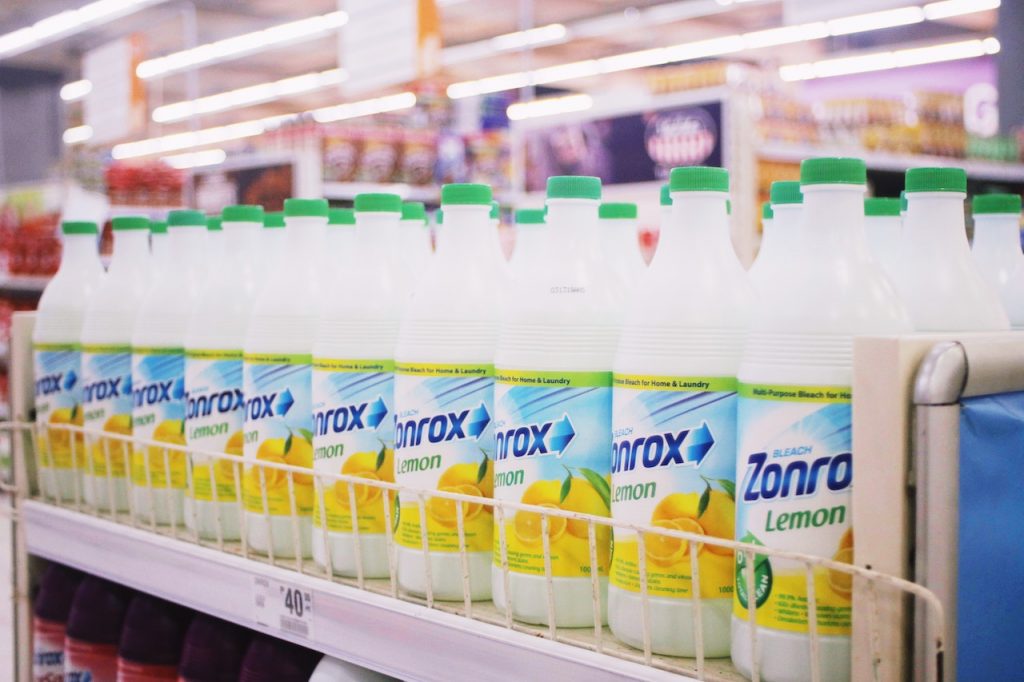Five Cleaning Myths
With so many cleaning products on the market, I was not entirely clear on how to clean my home. It confused me, and I needed to figure out which product to use and where and how often. I needed a whole course to get the knowledge, jokingly. In general, you can find a wide variety of cleaning ideas on the Internet. Many of your loved ones are happy to share their household cleaning tips. It is not easy to assimilate all this information and weed out only valuable practices. We will help you by showing you five popular myths about cleaning.
Myth 1: Any detergent can kill all germs
Not all cleaners are the same. It is not the same if you use an antibacterial agent or disinfectant. In principle, antibacterial agents kill 99% of bacteria, and disinfectants can deal with a wider range of microbes, such as viruses.
Antimicrobials are suitable for surfaces such as drawers, cabinets and blinds. Disinfectants are perfect for many dirty places. You can use them for the kitchen sink, bathtub, bathroom floor and more.
Myth 2: You should wipe off cleaning sprays immediately
Cleaning compounds and components need some time to contact the contaminated surface. In this way, they kill germs more effectively. To ensure you are using the product correctly, read the instructions on the label carefully. In principle, antibacterial agents need about 30 seconds to work, and you should leave disinfectants for about 10 minutes.
Myth 3: Bleach is a universal detergent
Well, bleach is a good and not-so-expensive disinfectant, but you need other cleaning solutions. Many of the surfaces in your home do not require disinfection. In addition, bleach has a potent formula and can be too rough for natural textures such as stone or marble. To ensure the bleach will not damage the surfaces, try it in places that are not visible or hidden by any furniture.

Myth 4: Natural cleaners do the same job as chemicals
It would be nice if it’s true, but it’s not. Lemon juice and vinegar can do a great job cleaning tiles and windows, but they can’t kill all the germs in the toilet bowl, for example. At its full strength, vinegar is suitable for dealing with bacteria and mould, but it cannot deal with viruses and resistant bacteria.
Myth 5: A clean place smells good
Cleanliness and fresh smell are not the same things. The good smell comes from natural oils or chemicals where producers add fragrances. The fact that surfaces you have cleaned do not smell friendly and pleasant does not mean they are not disinfected and cleaned correctly. Whether the detergent is perfumed or not, it cleans similarly. Remember that if you or someone in your family is sensitive to strong odours and perfumes or even has allergies or asthma, it is better to choose non-scented detergents (including fabric softeners and washing powders).
Cleaning the kitchen
The kitchen is the most commonly used room in most homes. Not only do we cook and eat there, but we also spend part of our free time. How often we clean the kitchen depends on how much time we spend there. It is a good idea to clean it every time we cook or eat there. For example, wash dishes immediately after use. It will prevent us from becoming overwhelmed with dirty dishes.

The same goes for counter tops and hobs. Clean them every time you use them. Use dishwashing detergent or kitchen cleaner spray to eliminate stains and sticky residues from food and liquid spills. You may need to use a hard sponge or brush to clean stubborn stains. Sweep the kitchen floor last. This way, it will not get dirty again while cleaning other places in the kitchen.
Other household cleaning duties you can leave for the weekend. These include cleaning up spilt liquids on cabinet doors and furniture and washing the dishwasher and the floor. When you start cleaning, choose a starting point and work from top to bottom and from left to right. This way you will be sure that you will get to all the places.
Wipe stoves and refrigerators as soon as you spill something on them. That will save more difficult cleaning in the future. If you use the furnace often, clean it mainly every one-two weeks. Some stoves have the option to self-clean. After using it, clean the remaining ash. If you do not have such an option, use a brush and stove cleaner to remove dirt and food debris. Be sure to ventilate the kitchen when cleaning the stove.
In the refrigerator, pay attention to the food and its durability. Clean the shelves with a fridge and water cleaner at least once a month with a cotton cloth. Pay special attention to the corners where the most significant amount of mould and mildew collects. Dip a cotton swab in vanilla flavouring and place it inside to freshen your refrigerator with a pleasant aroma.
How to disinfect
It is important not to wipe the cleaning solutions as soon as you apply them on the surface. To ensure effectiveness, the surface should remain moist for a few minutes when using most disinfectants, such as wipes and sprays. Always read the instructions to ensure you use the product as recommended and avoid damaging sensitive items such as mobile phones and other electronic devices.